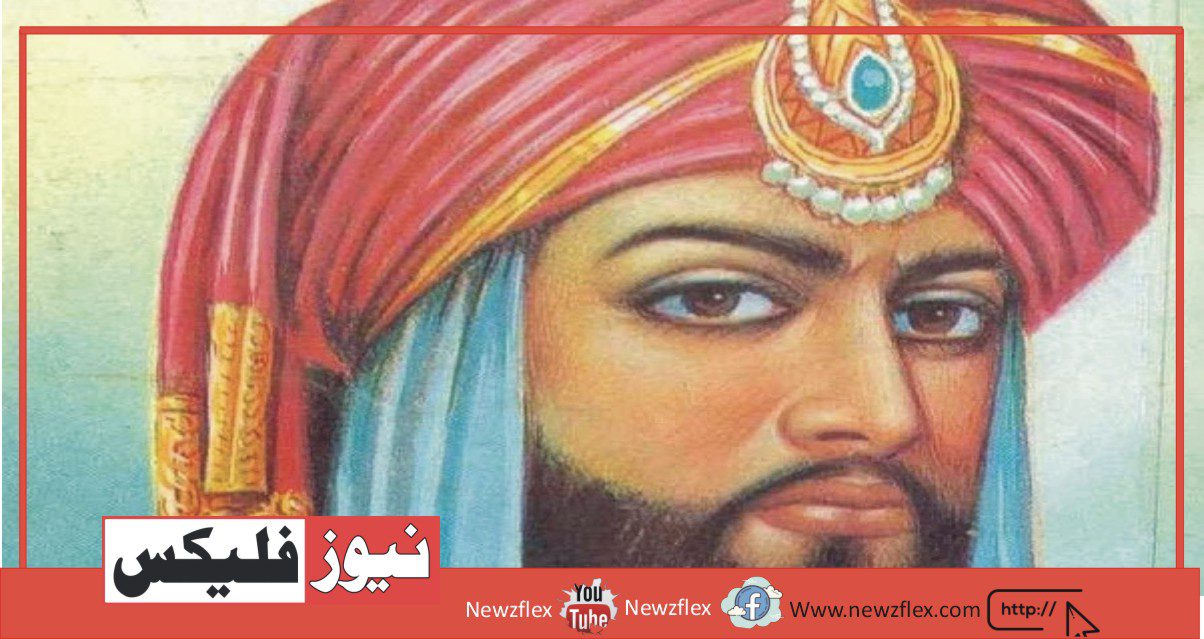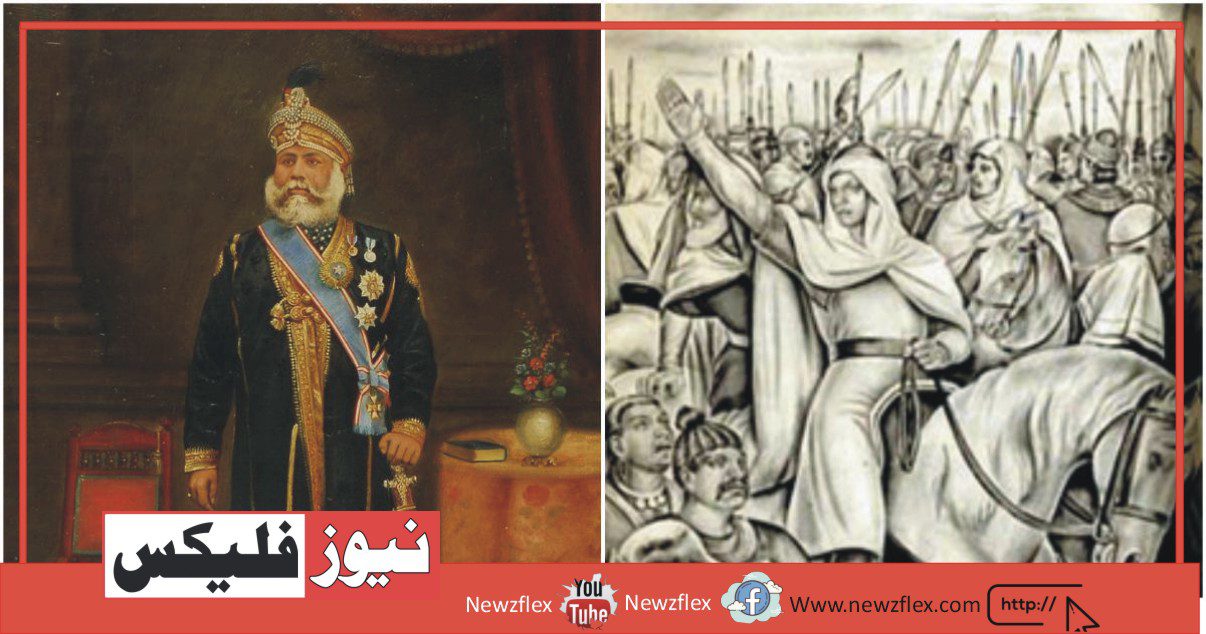Mahmood Ghaznavi
Mahmood Ghaznavi Mahmood Gaznavi was born in 971AD, in khurasan. Mahmood Ghazni was the son of Abu Mansur Sabuktigin, who was a Turkish slave soldier of the Samanid ruler. In 994 Mahmood joined his father in the conquest of Ghazni for the Samanid ruler, it was a time of instability for the Samanid Empire. In […]






